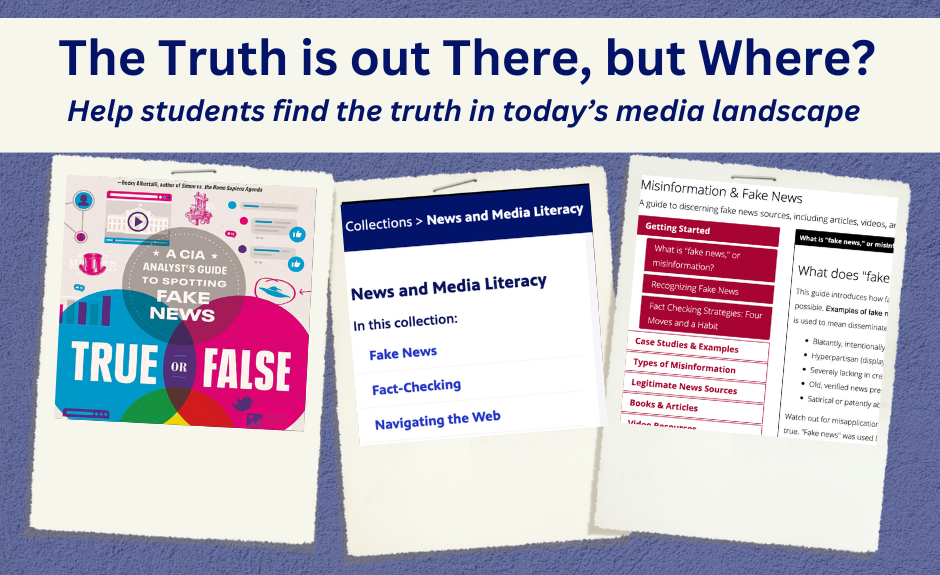Welcome to a world where seeing, along with hearing and reading, should not immediately lead to believing. Fake news can be practically impossible to spot thanks to advanced technology.
It wasn’t many decades ago when it was easier to spot fake news. It was often located in tabloids located near the grocery store check out. Sniffing out the falsehood in headlines such as “Half-Man, Half-Dog Baffles Doctors” and “(Insert Any Celebrity Name) Adopts Baby From Outer Space” wasn’t that difficult.
As the times have changed and technologies have advanced, it’s up to us to equip our students with tools to guide them through the challenge of deciphering what is reality and what is untrue. Here’s some suggestions to assist educators with that process.
According to the American Psychological Association (APA): “Misinformation is false or inaccurate information—getting the facts wrong. Disinformation is false information which is deliberately intended to mislead—intentionally misstating the facts.”
The APA has sources to assist individuals:
How to Teach Students Critical Thinking Skills to Combat Misinformation Online
8 Recommendations for Countering Misinformation
How and Why Does Misinformation Spread
Interventions to Counter Misinformation
Podcast: How to Recognize and Combat “Fake News”
Central Washington University’s library has an entire section of their site devoted to Misinformation and Fake News. It includes sections designed to help individuals recognize fake news, and even includes various case studies to guide users through several scenarios.
Cindy Otis is a former CIA analyst turned author. Her YA nonfiction book titled “True or False: A CIA Analyst’s Guide to Spotting Fake News” is available online from several sellers. Cindy did a Q&A with the National Press Club about the book, as well as an interview with WashingtonExec. If this book is something you’d like to use with your students, consider this teacher’s guide from Macmillan Publishers.
Last, but certainly not least, our friends at PBS Learning Media have an entire section devoted to News and Media Literacy. Areas with lessons about Fake News, Fact Checking, and Navigating the Web are all included within the platform.



